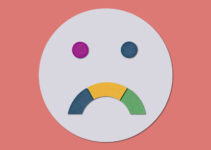Personal finance affects your everyday life in significant ways. Before getting a car loan, a lender will check your credit score and history.
If it’s not up to par, you either won’t be approved, or you may be approved at unfavorable terms, including a high-interest rate. One of the options, as suggested by cashforcarslosangeles.com is to sell your car quickly and use that cash to finance your new vehicle.
You should make it a goal in 2024 to understand all the aspects of personal finance, how they can affect your life, and what you can do to make smart, goal-guided decisions.
Below, we give you a guide to all-things personal finance, regardless of where you are in your life and your career.
Page Contents
What is Personal Finance?

Source: europeanfinancialreview.com
Personal finance is an umbrella term covering money management, saving, and investing. Personal finance can more specifically include:
- Budgeting
- Banking
- Insurance
- Mortgages
- Tax and estate planning
- Investments
- Retirement planning
Essentially, everything related to money and its management can fall into the category of personal finance. It can be simple such as tracking your savings, or complex, like estate planning.
Personal finance includes four stages of your life—making money, saving money, building wealth, and protecting your assets.
The golden rule of personal finance is always to spend less than you earn. You can broadly achieve this goal in one of two ways—spending less or making more.
Create Goals for Yourself
Personal finance is just that—personal. You’re going to have your own goals and objectives in the short- and long-term. You should figure out your goals specifically because this will help you a lot as you create more detailed financial plans.
1. Income and Debt
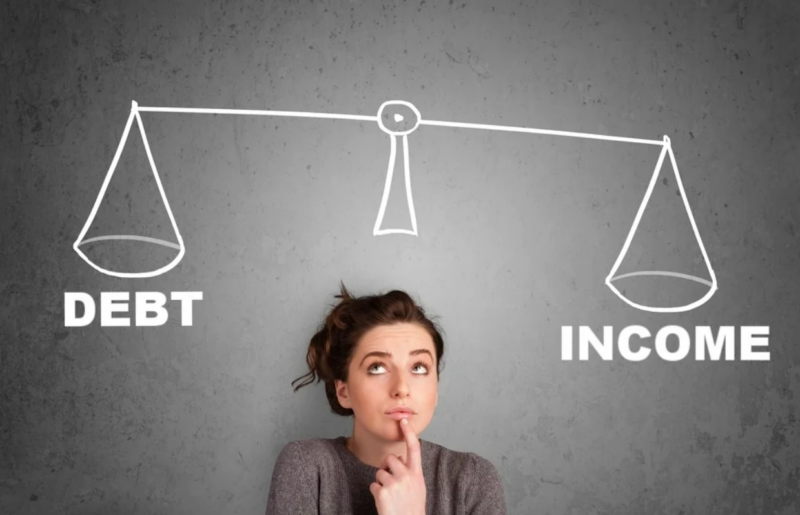
Source: firstalliancecu.com
Income is the money you earn, and debt is what you owe. Balancing your income to debt and making sure you have more of the first than the second is important.
By getting control of your personal finances, you can start to balance your debt-to-income ratio. The debt-to-income ratio compares the money you make versus the money you owe.
When you go to a lender and ask for money, they’ll look at your debt-to-income ratio when deciding whether or not to extend credit to you.
Your debt-to-income ratio should always be 36% or less.
A few notes about debt:
- Some debt is a good thing. Debt can play a role in your credit score, a three-digit number ranging between 300 and 850. Your payment history on your debts like loans and credit cards is the most significant factor in determining your credit score. If you’ve never had any debt, you won’t have a payment or credit history for lenders to look at.
- While you want some debt, again, you never want too much.
- Whether debt is good or bad depends on what you can comfortably pay back and still manage your other expenses. This means the amount of good versus bad debt varies depending on your income and personal situation.
There are two types of debt. The first is secured, and the second is unsecured.
Secured debt means you’ve used an asset as collateral. A car loan is a secured debt. If you don’t repay the loan as your terms stipulate, a creditor can seize the asset, which in the case of a car loan, is the vehicle.
An asset doesn’t back unsecured debt, and credit card debt is the most frequent example of this.
As we’ve mentioned, your income is the money you bring home from various sources. Net income is your take-home pay. After deductions, it’s what you have left.
Side income is what you might get from work outside of your career.
2. Paying Off Debt
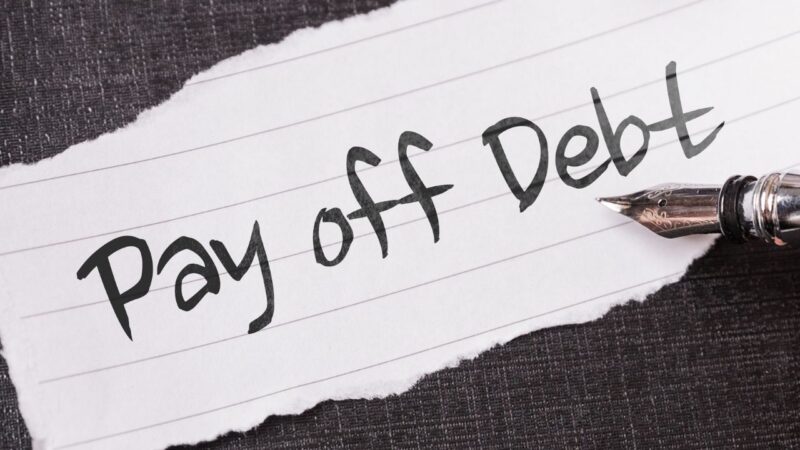
Source: wanderglobe.org
One of the biggest goals you’ll have to reach your financial goals is paying off debt. You want a debt elimination plan so that it’s not a hurdle to your larger financial goals. If you have significant debt, the following tips may be helpful:
- Get organized. So often, people don’t know where to get started paying off their debt because they don’t even know what they owe. Create a spreadsheet to list all of your financial obligations, the interest rates, how much it is, and anything else you should know.
- Go through your budget and calculate what you can reasonably put toward debt. Pay more than the minimum whenever you can.
- Try the debt snowball strategy. With this strategy, you’ll pay the minimum on your debts other than the smallest ones. You pay that one off first, so you can eliminate it quickly and move on from there. Many people find the snowball method helps them stay motivated because they can make progress faster.
- Consider refinancing your debt to save on interest and pay it off faster.
3. Budgeting
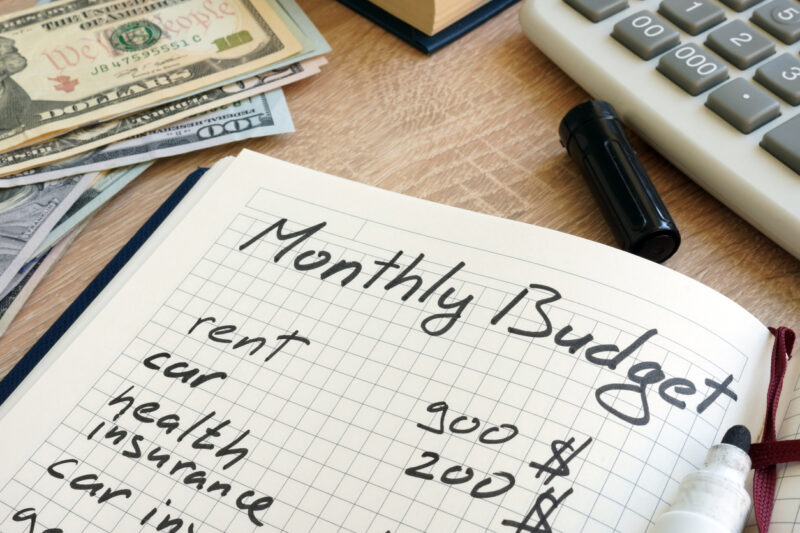
Source: finance-monthly.com
A budget is how you plan for expenses, and you should have a method in place to quickly be able to see your income versus your costs at any given time. You can use a tool to track your earnings and expenses, for example.
When you budget, you set a limit on yourself for what you can spend.
A budget should take into account the debts you need to pay down and save for an emergency fund. You need to make sure you have retirement money set aside, and from there, you can start to plan for larger goals in your life, like buying a house.
4. Emergency Funds
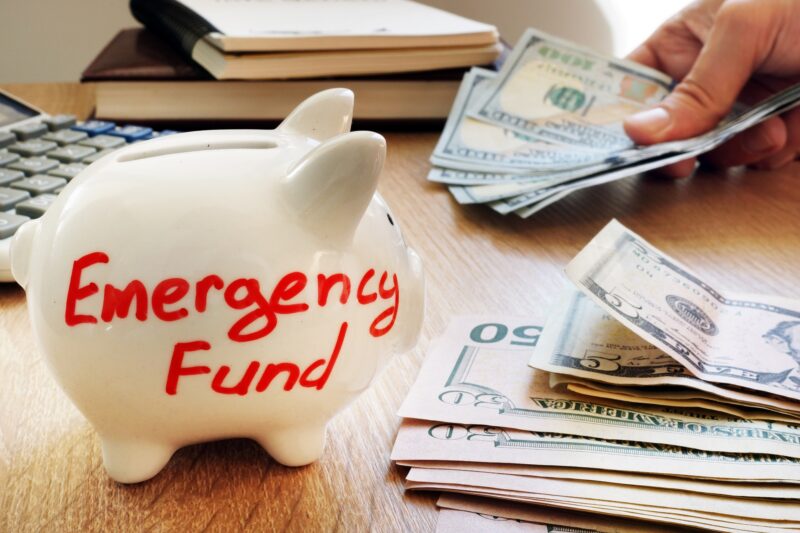
Source: northshorebank.com
Before you start saving for any other goals, you need to build an emergency fund into your budget. Your emergency fund is something you can turn to in case you face an unexpected or emergency situation.
An emergency fund should be separate from anything else. You shouldn’t have it connected to anything like your checking account, where it could be tempting to dip into it outside of an actual emergency.
Aim to have up to several months’ worth of living expenses in your emergency fund. The money should be accessible quickly. This is your safety net, and some experts recommend you save for as much as a year of expenses.
You’ll look at things like your current income, debts, and expenses to figure out the right number for you.
5. Saving

Source: bondora.com
Once you have an emergency fund, you can start to think about other savings goals and strategies. You should plan to set aside anywhere from 10% to 20% of your income. If you can set aside 10% of your check every time you get paid, you’ll have a month’s salary saved within a year.
If you can’t start with 10%, that’s okay.
Don’t get stuck with the harmful thinking that savings has to be all or nothing because it doesn’t.
If you want to make it simpler for yourself, start automatically depositing money from your pay into a savings account. That way, you never see it, so you don’t miss it.
6. Investing

Source: forbes.com
When you have a solid budget, an emergency fund, and you’re starting to save money, you can begin to think about investing. When you invest, you’re using the money you have now to grow it into more in the future.
You want to put your money to work as a way to protect against inflation and secure your financial future.
A few general things to keep in mind as you get started with investing are:
- Do it as early on as you can. The younger you are and the earlier you start investing, the more returns you’re going to get on your money. This is because of compound earnings. Your investment returns earn their own returns.
- Decide how much you’ll invest. You should try to aim to invest 10% to 15% of your income every year for retirement, which you can invest.
- Choose how you’ll open an investment account if you don’t have a 401(k). You can open an individual retirement account, which is a good option if you don’t have a 4011(k). You don’t need to have a large sum of money to get started, and you can become an investor with a few hundred dollars.
- Know your options and avoid individual stocks. For new investors, mutual funds and ETFs are typically the best way to invest your money. They’re simple, diversified, and much less risky than trying to pick individual stocks.
7. Credit

Source: money.howstuffworks.com
Finally, credit is financed by financial institutions. There are installment loans like car loans and mortgages. There are lines of credit and credit cards.
Your credit file contains a record of information about how you use your credit.
Your credit score is calculated based on the information in your credit file. There’s a scoring model that compares your information with other people’s. Three major credit bureaus track credit information, and they use varying algorithms to give you a score. Scores range from 300 to 850.
A 300 score is very poor, and an 850 is excellent.


